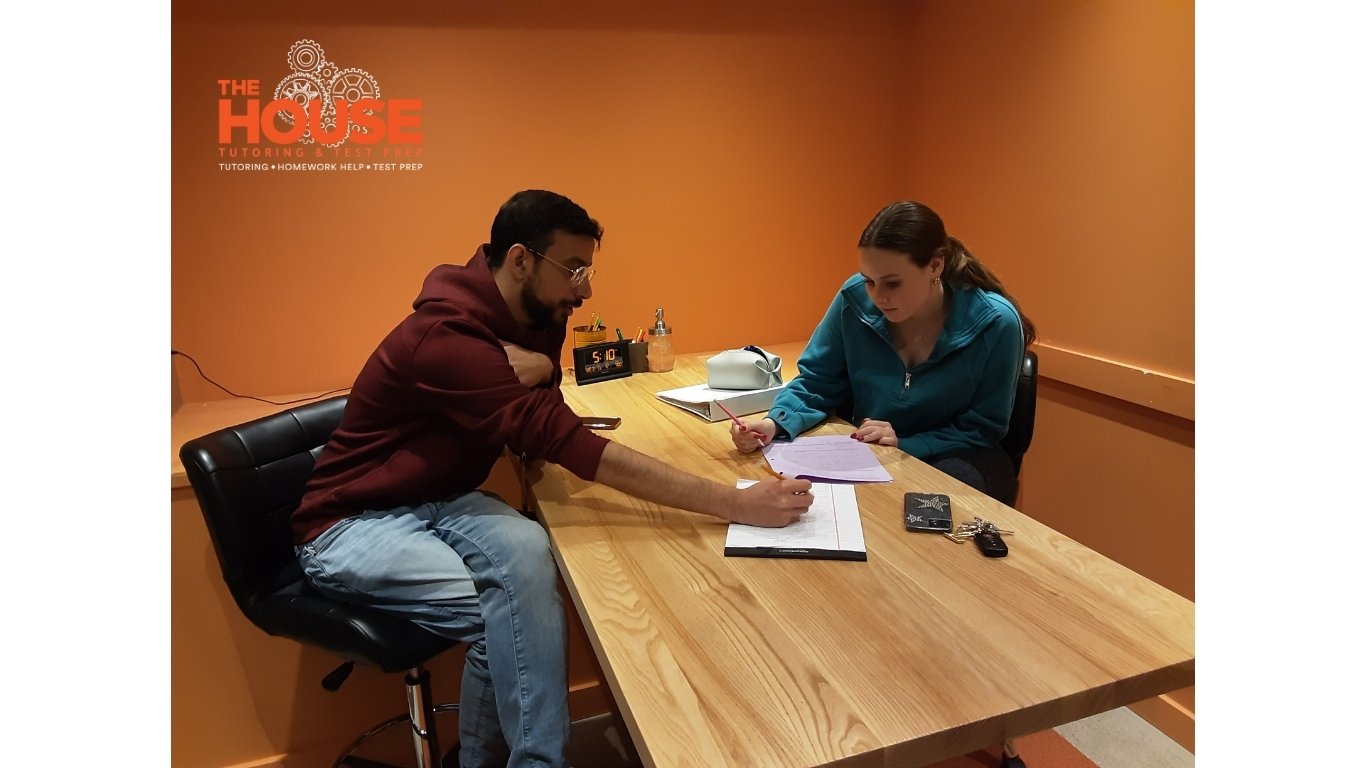
If your 12th grader is preparing for the SAT, you’re probably wondering: What score should they aim for? The right target depends on their college list, current test performance, and available prep time.
This guide will walk you through recommended SAT score ranges, goal-setting strategies, and how to help your student boost their score.
Understanding the SAT Scoring System
The SAT consists of two main sections:
- Math (scored from 200 to 800)
- Evidence-Based Reading and Writing (EBRW) (also scored from 200 to 800)
The total score ranges from 400 to 1600, which is the sum of both sections. Most colleges evaluate the total SAT score, though some may place more emphasis on individual section scores, especially for students interested in STEM or humanities programs
What Is a Good SAT Score for Your 12th Grader?
A “good” SAT score varies depending on the competitiveness of the schools your student is considering. Here’s a general breakdown:- Top-Tier Universities (Ivy League, MIT, Stanford, etc.): Aim for 1450–1600.
- Highly Selective Schools (UCLA, University of Michigan, etc.): A score of 1300–1450 is competitive.
- Moderately Competitive Schools: A score between 1100–1300 is often sufficient.
- Less Selective Schools: Scores in the 900–1100 range may meet admission requirements.
What About Test-Optional Schools?
Some colleges have test-optional policies, meaning SAT scores aren’t required but can still boost your student’s application if they’re strong.
💡 Pro Tip: Even for test-optional schools, a high SAT score can help your student stand out and qualify for merit-based scholarships.
How to Help Your Student Set an SAT Score Goal
1. Research College Score Ranges
Start by making a list of target colleges and checking their admissions pages for the average SAT scores of accepted students (often called the "middle 50%" range).For example:
- University A’s middle 50% range: 1200–1350 → Your student should aim for at least 1350.
- University B’s middle 50% range: 1400–1550 → A target score closer to 1550 is ideal.
💡 Want personalized guidance? The House’s SAT Prep helps students identify their best target score and create a custom study plan.
2. Compare to Your Student’s Practice Scores
If your student hasn’t taken the SAT yet, they should start with a full-length practice test. This will:
✔ Reveal their current performance level
✔ Identify the sections that need the most improvement
✔ Help set a realistic target score
3. Set a Realistic SAT Goal
If your student’s practice SAT score is significantly below their target, they should focus on incremental improvement:
- A 200–300 point improvement is realistic with consistent prep over a few months.
- Prioritizing the weakest sections will lead to faster gains.
How to Help Your Student Reach Their Target SAT Score

Here are some key strategies to support your student’s SAT prep:
1. Identify Areas for Improvement
Use practice tests to pinpoint which subjects need the most work—whether it’s algebra, reading comprehension, or time management.
2. Stick to a Study Schedule
SAT prep is most effective when spread out over time. Help your student create a study plan with consistent practice each week and aim for at least 12 weeks of test preparation, for 2 hours a week.
📌 Need structured study sessions? The House’s SAT Tutoring provides expert support to keep students on track.
3. Take Full-Length, Timed Practice Tests
Encourage your student to take timed, full-length SAT tests every few weeks to:
✔ Build test endurance
✔ Track improvement over time
✔ Reduce test-day anxiety
4. Teach Smart Test Strategies
The SAT is not just about knowledge—it’s about strategy. Some of the best test-taking techniques include:
✔ Eliminating wrong answers to improve guessing odds
✔ Answering easy questions first before tackling harder ones
✔ Managing time wisely to avoid rushing
5. Use High-Quality Study Resources
The best SAT prep materials include:- College Board’s Official SAT Guide
- Barron’s SAT Prep Books
- Live tutoring programs & SAT curriculum and prep materials provided by The House
6. Keep Stress Levels in Check
SAT prep can be overwhelming, so encourage your student to:
✔ Take breaks when needed
✔ Stick to a consistent sleep schedule
✔ Eat well and exercise to maintain focus and energy
Why Your Student’s SAT Score Matters
Even if a college is test-optional, SAT scores can impact more than just admissions.
📌 Merit-Based Scholarships
Higher SAT scores can qualify your student for thousands of dollars in scholarships, reducing college tuition costs.
📌 Course Placement
Some colleges use SAT scores to determine whether students place into advanced courses or need remedial classes. A high score can save time and money on intro-level coursework.Final Thoughts
For parents of 12th graders, helping your student set the right SAT goal depends on:
✔ The colleges they’re applying to
✔ Their starting SAT score
✔ The time available to prepare
But remember: SAT scores are just one piece of the college application puzzle. Schools also consider GPA, extracurriculars, essays, and recommendation letters.
💡 Want expert guidance? The House’s SAT Prep Program offers personalized tutoring, test strategies, and full-length practice tests to help your student boost their score and feel confident on test day.
Take the Next Step Today
A strong SAT prep plan can make all the difference. If your student is serious about improving their score, now is the time to start!
📌 Schedule an SAT strategy session with The House → Learn More Here
📌 Book your seats for SAT diagnostic exam with The House → Learn More Here
